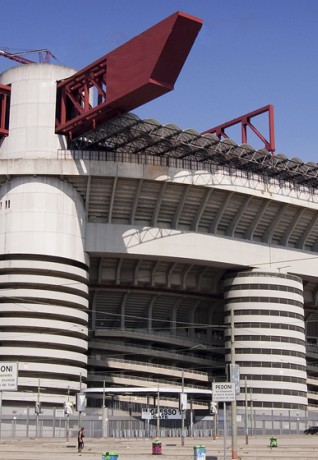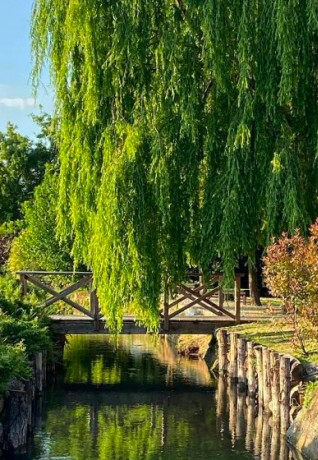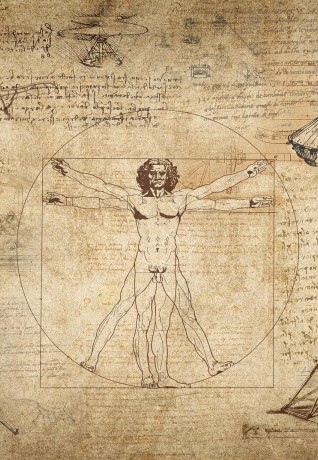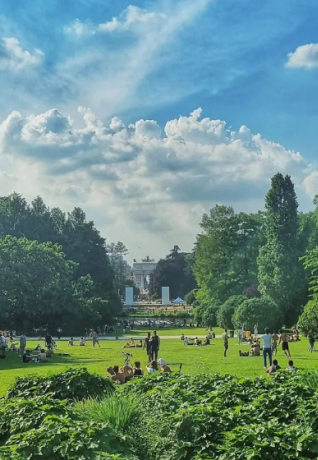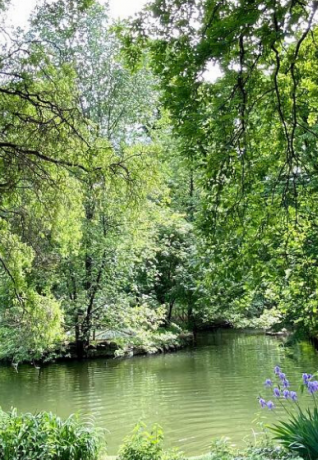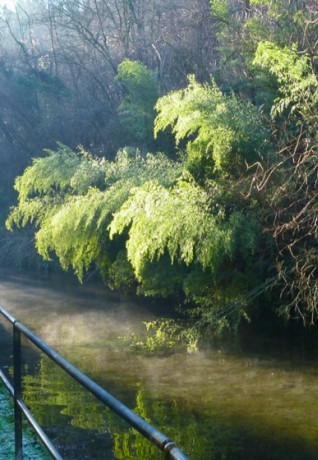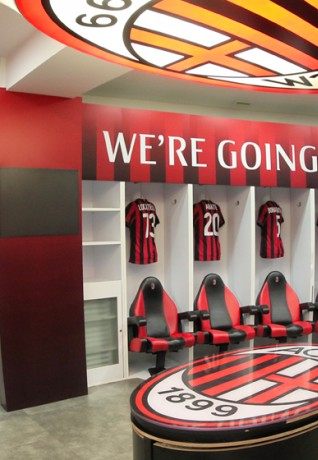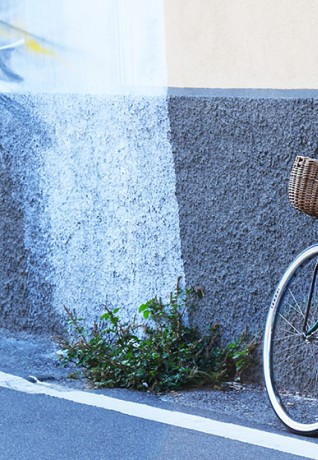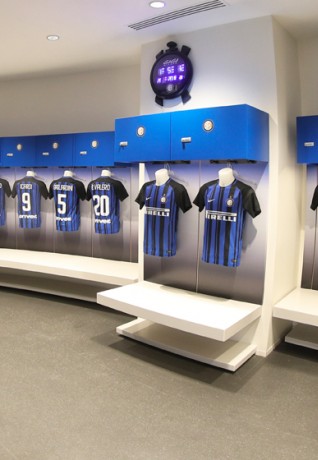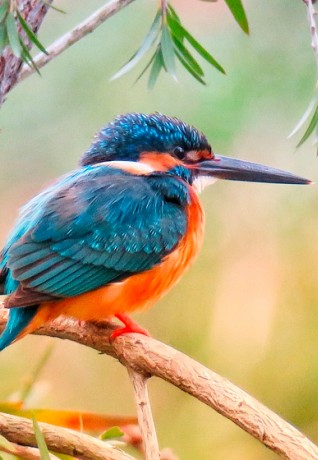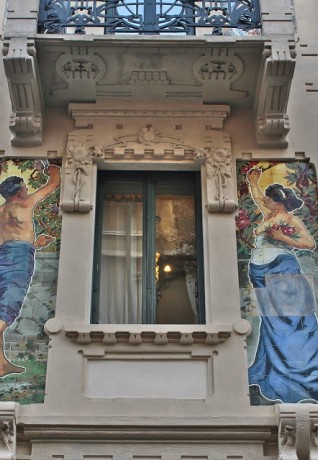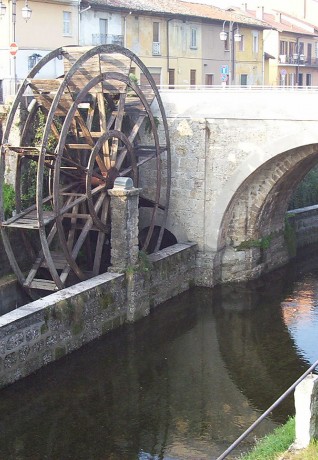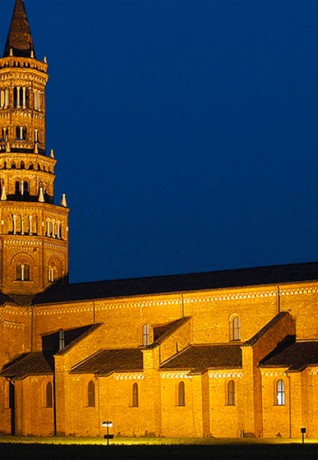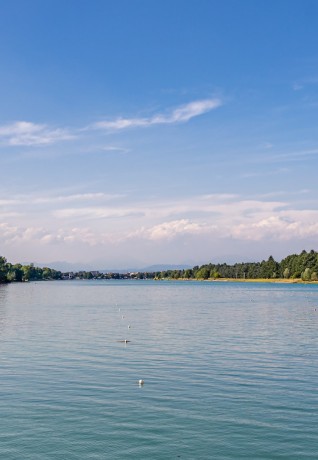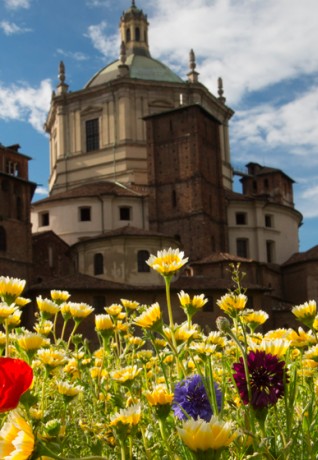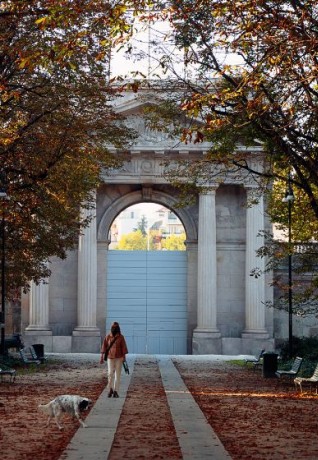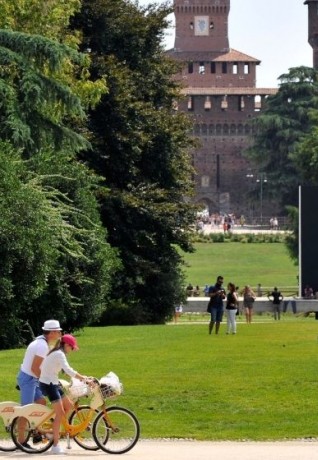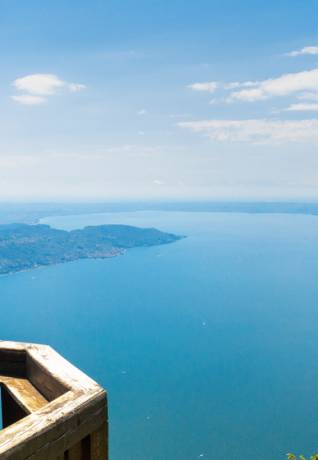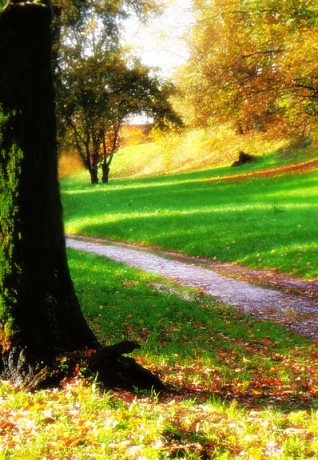Urban Trekking
Let's have a walk around the city
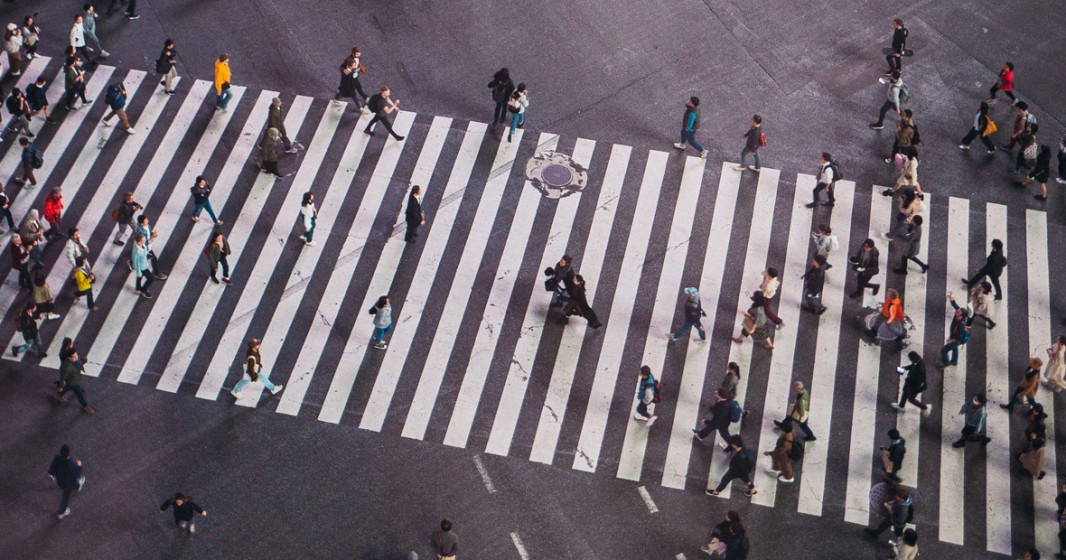
Spring and autumn are the best seasons to walk around: the air is cool but not too much, and urban walkers enjoy the moderate but still comforting heat of the sun. Quite a few areas around the city are ideal for jogging, with paths that cross Milano's most beautiful parks. The city is full of appealing streets closed to traffic, or open to the few cars belonging to residents. This is Milano for those who love being outdoors, engage in physical exercise or simply walk. Some say that a long walk can be better than a run.
You can walk among architectures, palaces, squares, parks and fountains, but also to walk around really quiet places where green and water reign. The good habit of having a city stroll should never be abandoned.
Northeast Milano has changed so much…! In three or four years, this Milano district – now called NoLo (North of Loreto) - has revolutionized its structure and turned its diversity into a strength. The boundary of this neighborhood, a nightlife meeting point, is the beginning of our journey. Wear low, comfortable shoes to proceed at a good pace and find pleasure in exercise.
Start from Viale Monza towards Crescenzago. The first stop is Ponte Vecchio, the ancient bridge, built in 1837 and designed by Carlo Caimi, that dominates the Martesana Canal, connecting Milano with the Adda river, a landmark that should not be missed as it tells a piece of the history of the Milano Navigli. From Ponte Vecchio, two indentations on the sides of the Naviglio can be seen – that is where the old darsena, or dockyard, once was. The closest building was then Canottieri Gorla, home of the club that in the1900s attained several victories in rowing competitions.
Continue along Via Petrocchi, among nineteenth-century gardens and villas, and then reach Via Bertelli. From via Bertelli follow along the Martesana Canal, where it is possible to see some gorgeous old houses facing the railing. Peace and silence are interrupted only by the voices and music of those partying at Cascina Martesana. A little further on, you will come across the Martesana Amphitheater, now known as the Iraqi Martyrs of Freedom Park. Dedicated to the victims of terrorism, it is now an important meeting place for the entire community.
Chiaravalle is actually a Milano quarter and not a separate village. You can get there by bus (n. 77 and 140 lines) and it looks like a huge city garden. There, after the “Herculean Pillars” of via Ripamonti and the Quintosole district, you will come across the long Sant’Arialdo road, which ends in Chiaravalle.
If you start from via Ripamonti, the walk lasts an hour and a half. Along Via Sant’Arialdo, you will find lovely restored farmhouses. If you reach Chiaravalle by bus or bicycle, it takes about twenty minutes on foot to visit the ancient Lombard village, famous because of its abbey. Chiaravalle Abbey is a Cistercian monastic complex, an example of ancient agricultural development in the Lower Milano area that can be visited from Tuesday to Saturday 9 a.m. to 12 p.m. and 3 p.m. to 5 p.m. - Sunday 3 to 5 p.m. The church is well known not only for its impressive structure, but also for its ancient mill. Halfway into the driveway that leads to the Abbey you will find the Bottega dei Monaci, where you will have your chice of herbal teas, wines, beers, cosmetics, fresh eggs, meats and local cheeses produced on the spot.

 Log in
Log in


